Occupational health is protecting workers’ health and safety in the workplace. It covers various topics, from preventing accidents to ensuring that workers properly train.
One of the most important aspects of occupational health is ensuring that workers are properly trained to avoid accidents.
This means that employees need to be aware of the hazards they’re facing and be able to identify them quickly and respond appropriately. It’s also important for employers to provide proper training so that employees can understand how to use the equipment and machinery safely.
You must be aware of your occupational health and safety (OHS) rights as an employee. OHS laws protect employees from workplace injuries or diseases. Here are the ten most important rules for occupational health and safety.
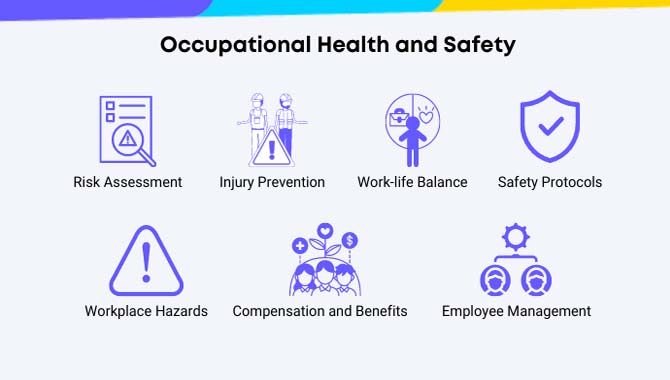
The 10 Most Important Rules For Occupational Health and Safety
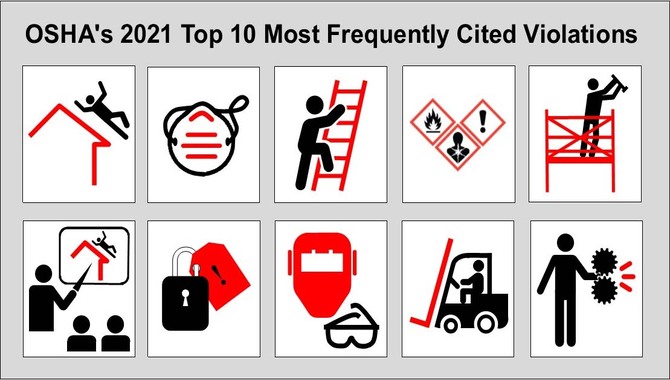
Regarding occupational health and safety, it’s important to be aware of the ten most important rules. Always wear a personal flotation device when participating in water sports, follow all safety regulations when working with hazardous materials, and use common sense when performing your job.
1.Wear The Right Protective Gear

When it comes to safety, you need to be as safe as possible while working. Here are some tips on how to do that: Always wear the right protective gear – from eye protection to gloves.
– Make sure everyone in your workplace knows the safety rules and how to use safety equipment properly.
– Keep a close eye on workers while working and be alert for any potential injuries or accidents.
2.Work Safely On Ladders
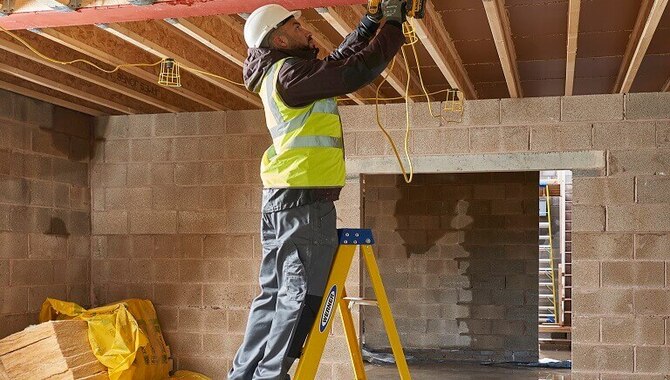
Ladders are a common tool used in many workplaces. However, accidents happen – and when they do, the consequences can be life-threatening. Always use the correct ladder for the job – not too big or small. The wrong size ladder can easily tip over, posing a danger to you and your colleagues.
Ensure it is properly secured to the wall/floor and checked regularly for faults (e.g., height adjustment). If in doubt about its safety, don’t take any risks! Call an occupational health and safety expert for advice on how to proceed safely.
3.Watch Out For Electrical Hazards
Working with electricity can be dangerous if you’re not careful. Always take care of live wires and avoid contact with them. When welding, ensure all flammable materials keep from the area where heat is produced. Keep a safe distance between yourself and equipment; even in emergencies, it’s always best to use safety precautions first! Finally, keep a record of any accidents so you can learn from them and avoid them happening again.
4.Guard All Unguarded Holes
Safety is of the utmost importance when working with tools and machinery. Ensure you always wear safe clothing, use the right amount of power when handling tools, and follow all safety procedures to avoid accidents. In an emergency, equip yourself with the proper safety gear – such as a face shield, dust mask, gloves, etcetera. And last but not least: be alert at all times.
5.Use A Safety Line In Underground Work

When working in an underground environment, it is always important to use a safety line. This will ensure that you don’t fall and get injured – which could result in long-term health problems. Make sure you are familiar with the equipment and follow the instructions closely.
Wear protective clothing, including boots, gloves, face masks, etc., and avoid injuries while doing your job. Ask your supervisor or representative for clarification if there are any safety concerns or questions about how to do your work.
6.Identify Potentially Explosive Atmospheres
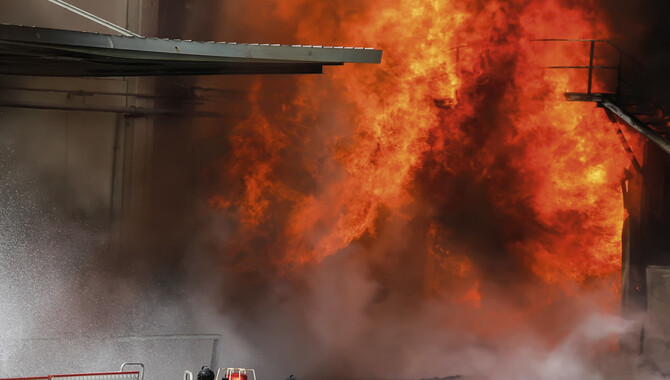
It is important to identify any potentially explosive atmospheres in the workplace. This includes near gas pipes, flammable liquids, and explosives. Ensure all guards are in place and employees know how to use them safely. Regularly check for any changes in the atmosphere and take appropriate measures if necessary. Always follow health and safety guidelines set by your employer.
7.Maintain An Awareness Of Health And Safety Risks Throughout Your Working Day
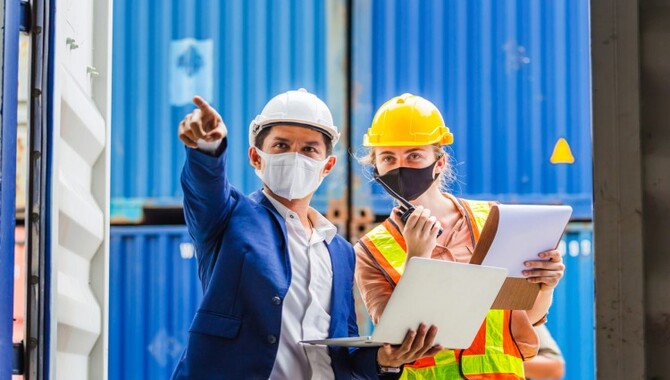
Employees need to be aware of health and safety risks at all times. You can avoid any potential accidents or injuries by taking the necessary precautions.
– Always wear a safety helmet when working with dangerous equipment.
– Make sure your workspace is properly lit and well-ventilated.
– Use approved tools and materials safely and correctly – never try anything you’re not 100% confident in.
– Follow established procedures and use common sense when working with chemicals, explosives, or other hazardous substances.
Remember that accidents happen at any time – prepare for anything by keeping yourself informed about health and safety legislation and workplace hazards.
8.Follow Safe Procedures When Using Power Tools
Power tools are a great way to get the job done quickly and efficiently. However, as with any equipment, using them safely requires due diligence. Make sure you have the right equipment for the job – don’t try to save money by using a less-safe option.
Always follow the safety instructions that come with your power tool to avoid accidents or injuries. And if something looks dangerous, it probably is. Take care of yourself and always watch your surroundings while working with power tools – it might save your life one day.
9.Take Care With Lifting Heavy Objects

Lifting heavy objects can be a dangerous business. No matter how careful you are, accidents happen. That’s why it is crucial to take care of lifting heavy objects and use the correct equipment for the job at hand.
Make sure that you always wear protective clothing and gloves when handling hazardous materials. And don’t forget the safety goggles. Follow safe working practices to avoid accidents or injuries, and remember – if something feels wrong, it probably is. So always use your common sense when doing any type of work.
10.Check You Have Adequate Personal Protective Equipment (Ppe) Before Starting Work
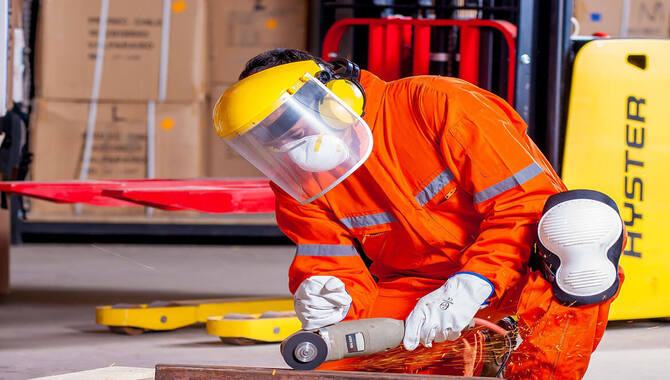
Occupational health and safety are essential for anyone working in a hazardous environment. You can minimize your chances of getting injured or, worse still, killed. Ensure you properly equip with the right safety gear – goggles, masks, gloves, etc.
Always document any injuries or accidents so they can investigate and ensure all workers know the risks involved. Keep yourself up-to-date with health and safety regulations changes so that you know what to do in every situation.
How Does An Employer Identify Hazards In The Workplace?
There are several ways that an employer can identify potential hazards in the workplace. The most common way is through hazard assessment, identifying and assessing the risks associated with any workplace situation. This can include determining the extent of damage that could cause by a particular hazard and how often it might occur. It can also involve testing different scenarios to see how they would play out.
Another way to identify potential hazards is through risk assessment, a more in-depth look at specific risks that could affect an organization. This can help employers identify vulnerabilities and assess how best to manage them. Risk assessment can also help businesses identify any potential environmental or social hazards in the present and future.
Finally, employers can also use audits to check for potentially hazardous situations. An audit involves interviewing employees and checking their work environment for signs of danger or risk. It’s important to note that audits don’t necessarily indicate anything dangerous is happening – they’re just an extra precautionary measure in case something turns out wrong.
Conclusion
Occupational health and safety are essential for the safety of employees in the workplace. The employer’s responsibility is to identify hazards and implement safety measures to protect their employees. The occupational health and safety officer (OHS officer) is appointed to ensure compliance with regulations.
The OHS officer oversees these efforts and ensures that all employees are properly trained. Employers are also responsible for ensuring that their workers are aware of safety procedures and hazards in the workplace.It’s important to be aware of the ten most important rules for occupational health and safety to stay safe at work.
By following the guidelines listed, you can ensure that you and your fellow employees are safe and healthy. In addition, if you ever experience workplace hazards, don’t hesitate to speak up! Your safety is our top priority.
Frequently Asked Questions
1.What Are Some Of The Most Common OHS Violations?
Ans: Regarding occupational health and safety, some of the most common violations include failing to provide adequate personal protective equipment, inadequate training for hazardous tasks, and properly maintaining equipment. Other common OHS violations include:
- Not providing a safe working environment.
- Not following standard operating procedures.
- Not conducting regular risk assessments.
These violations can lead to serious accidents, injuries, and even death. To ensure that your workplace complies with all relevant OHS regulations, it is important to have an occupational health and safety consultant on staff.
2.How Do I Identify Potential Hazards In My Workplace?
Ans: Your best bet regarding workplace safety is to inspect your work regularly and take steps to ensure that all hazards are identified and take precautions to avoid them. It’s important to consider the safety of any equipment or materials used in the workplace and anyone who may be working with them.
Ensure all safety procedures and equipment are in place and that all employees properly train to work safely with these materials. Finally, always maintain a sense of awareness and vigilance in your workplace, and remain alert for any unusual or suspicious behavior.
3.What Should I Do If I Experience An OSH Incident?
Ans: If you experience an OSH incident, you should first report it to your supervisor or safety officer. Record any details and photos of the incident, and then follow their instructions. You may need to take some additional precautions, like wearing safety gear or staying away from the area where the incident occurred. If you are injured in the incident, seek medical attention as soon as possible. Be safe and stay away from danger.
4.Are There Any Steps That Employees Can Take To Prevent OSH Incidents From Happening In The First Place?
Ans: Believe it or not, there are things that employees can do to prevent OSH incidents from happening on the job. To do so, ensure that all safety equipment properly maintain and used and that you’re familiar with emergency procedures and reporting systems.
If you notice any suspicious activities or unsafe conditions, report them to your supervisor as soon as possible. And finally, take plenty of breaks when you feel tired or stressed out. Improving your health and well-being will go a long way in preventing injuries and potentially costly OSH claims.
5.Should Employers Have Safety Protocols In Place For New Hires?
Ans: Yes, employers should have safety protocols in place for new hires. This includes ensuring that all employees know and understand relevant safety rules and regulations, providing training on using any necessary safety equipment or devices, and conducting regular safety audits to ensure that all safety standards are met.

Leave a Reply